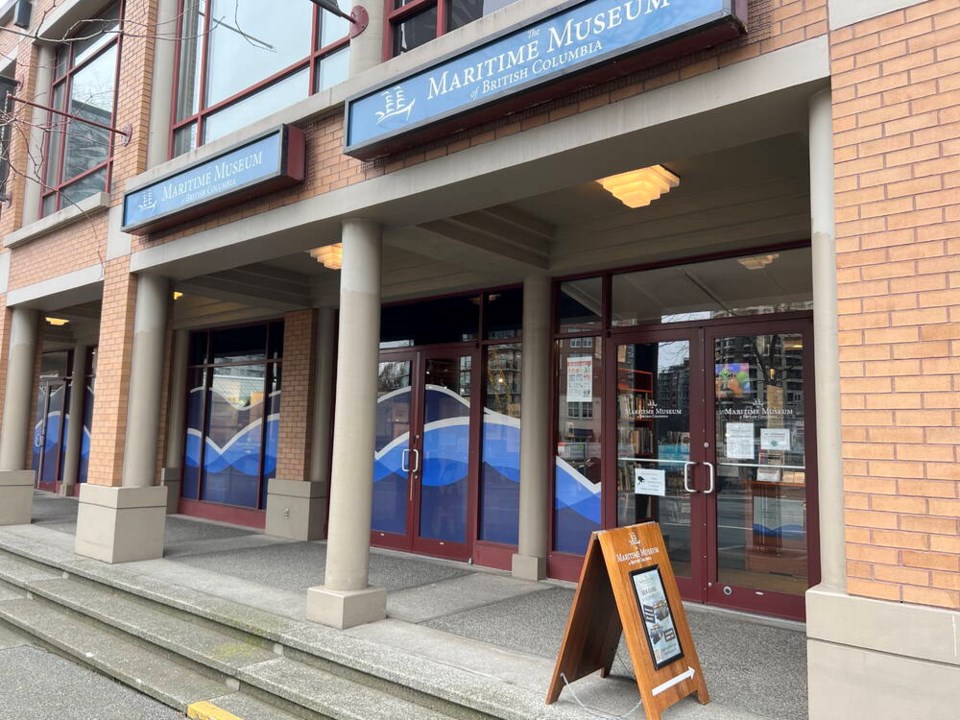A commentary by the former collections and exhibitions manager at the Maritime Museum of B.C.
Just a couple of comments on Murray Farmer’s thoughtful and persuasive commentary on finding a home for the Maritime Museum of B.C. in the CPR Steamship Terminal.
First, the museum and First Nations.
Ironically, when the Tall Ships visited Victoria in 1998, the Maritime Museum missed out on funding because our galleries did so little to address the First Nation history of our coast.
The explanation was that we did not have members of staff with degrees in First Nations study to allow the institution sufficient expertise to competently curate such exhibits.
Further it was explained that the Royal B.C. Museum did have such people and the resources, and so visitors and students with First Nations maritime questions were directed there.
What stories we did tell were told with artifacts on loan from the RBCM.
Second, financial sustainability.
The museum has always struggled for funding. Provincial and municipal support had in my years always been meagre
Our director/chief curator would make the rounds, cap in hand, each year to the surrounding municipalities asking for donations. The answers from each always boiled down to: “The museum is not in our municipality so why should we support it?”
The board, making its rounds looking for annual donations and membership drives, fared a little better. I am proud to say, though, that the museum put together some great exhibits on a shoestring using community expertise and borrowed artifacts. Very much “mend and make do” operations.
Finally, the Steamship Terminal as a home:
The role of the museum is to collect, preserve and interpret. There is a lot to recommend the Steamship Terminal for its interpretive gallery potential.
But a modern museum requires almost as much space to house its archives, artifact collections, preservation lab, library, classroom etc.
The storage of archival material and artifacts require a controlled environment — something the old Law Courts Building did not have, but a new facility must in order to meet international standards.
To achieve this, a modern building would need to be built, hopefully adjacent to the Steamship Terminal.
The Steamship Terminal has always been a mystical isle just beyond the horizon, a sort of fata morgana. To make it a reality will cost a lot of money.
In 2009, the museum’s professional staff and former RBCM director Bill Barkley estimated the construction and fitting out of a new purpose-built facility at between $60 million and $80 million, based on museum standards available. I have no idea what the annual professional staffing and operational costs would be today.
The cost of building, fitting out plus annual costs tell me that a new Maritime Museum of the Pacific is only feasible under the direct auspices of the provincial government.
>>> To comment on this article, write a letter to the editor: letters@timescolonist.com



